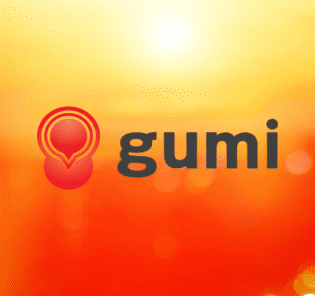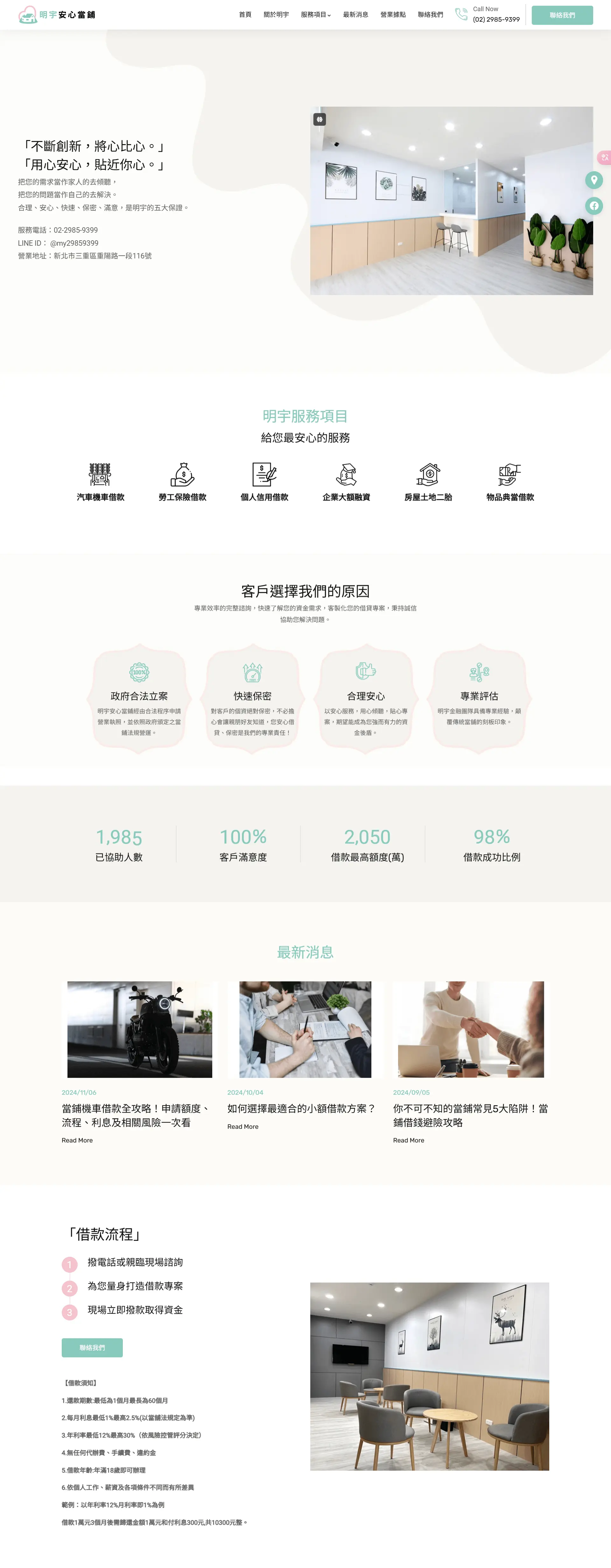What Are Content Chunks? Chunk vs Section Explained for AI SEO, SGE, and RAG Content Strategy
First, the short answer:
-
Simply “splitting content into chunks” doesn’t directly boost traditional SEO rankings. Google doesn’t give points just because you have a “chunk” concept.
-
But how you chunk your content is very important for AI SEO (SGE, AI summaries, RAG Q&A, etc.) because it affects:
-
How easily AI can understand what you’re saying
-
Whether a single piece of content can be extracted and reused as a complete answer
-
-
“Chunk” and “section” are related but not the same:
-
Section is more about “frontend / layout / HTML structure”.
-
Chunk is more about “content / meaning / knowledge units”.
-
Let’s break it down more concretely.
1. How do chunks actually help AI SEO?
Here, “chunk” usually means: a small piece of content that is semantically complete and understandable on its own. It’s not necessarily tied to a specific HTML tag. For example:
-
One FAQ question + its answer
-
A short “definition + explanation + small example”
-
A subheading plus 2–4 paragraphs that fully explain one idea
Benefits for AI / SGE / AI summaries
-
AI can easily “grab one piece and use it as an answer”.
-
If every chunk is written to answer one clear question (e.g., “Is half-service massage legal in Kaohsiung?”), then AI can simply take that chunk and present it as a full answer.
-
If you have a very long section mixing answers to ten different questions, AI is more likely to cut in the middle and end up with incomplete meaning.
-
-
Improves retrieval quality for RAG / your own AI assistant.
-
If you later use a vector database + RAG, each chunk becomes a “retrievable knowledge unit”.
-
Chunks too big → retrieval becomes less precise (brings in a lot of irrelevant context).
-
Chunks too small → each piece doesn’t have enough context; the AI has to reconstruct the full picture and may answer poorly.
-
-
Helps AI understand “what this exact part is about”.
-
If each chunk has a clear subheading (
<h2>/<h3>) plus focused content under it,
AI can easily tell: “This part is about pricing”, “This one is about legality”, “This one is about health risks”, etc.
-
2. What’s the difference between a chunk and a section?
1. Conceptual difference
-
Section
-
More like a large block or “page area”
-
In HTML it might be:
<section>,<div>,<article>,<main>, etc. -
Focus: layout, information architecture, semantic regions
(e.g., Services block, FAQ block, About section)
-
-
Chunk
-
More like a “knowledge unit / retrieval unit” for AI
-
Doesn’t have to match one whole section. It could be:
-
A subheading + its content inside a section
-
A single FAQ Q&A pair
-
-
It’s designed so that it can be directly reused to answer a user’s question.
-
You can think of it like this:
Section = big chapter / layout area
Chunk = small knowledge block that can stand alone as an answer
2. In practice (for the kind of SEO articles you write)
Say you write a long article: “Is half-service massage legal in Kaohsiung?”
You may design the sections like this:
-
<section>: Introduction -
<section>: What is half-service massage? -
<section>: Is half-service massage legal in Kaohsiung? -
<section>: Health risks and diseases -
<section>: Pricing and fees -
<section>: How to tell if a shop is legal -
<section>: FAQ
But from an AI/SGE/RAG point of view, you should further split each section into multiple chunks, for example:
-
Chunk 1: Definition – What is “half-service massage”? (explained in 2–4 paragraphs)
-
Chunk 2: Key legal articles – Explain criminal law / social order law in plain language (sex trade, obscenity, location issues)
-
Chunk 3: Local reality in Kaohsiung – Police raids, news examples
-
Chunk 4: Risk summary – STDs, privacy, fraud
-
Chunk 5: Price overview – Typical price ranges and what’s included
-
Chunk 6+: FAQ – each question + answer as one chunk
Each chunk can be read independently and answers one specific question.
That makes it much easier for AI to “grab one chunk as an answer”.
3. How to design pages to work for both SEO and AI SEO?
Here’s a practical workflow:
1. Use sections to design the structure for human readers
Use <section>, <article>, <h1>–<h3> to build the high-level structure:
-
Only one
<h1>per page -
Use
<h2>for major topics (legality, prices, risk, process, etc.) -
Use
<h3>for subtopics (specific questions, scenarios, details)
This is standard SEO + semantic HTML, which you already know well.
2. Then use “chunk thinking” to split into small, focused topics
Inside each H2/H3, apply these chunk rules:
-
One chunk ≈ answers one question
-
Chunk length roughly:
-
2–6 paragraphs, or
-
about 150–400 words (depending on your style)
-
-
Inside each chunk:
-
Keep the topic focused; don’t mix many unrelated ideas
-
Make the first 1–2 sentences clearly show what question it answers
-
Simple example (shortened):
<section>
<h2>Is half-service massage legal in Kaohsiung?</h2>
<h3>The legal definition of half-service massage</h3>
<p>...</p>
<p>...</p>
<h3>Situations where you might break the law</h3>
<p>...</p>
<p>...</p>
<h3>Practical risks for normal customers</h3>
<p>...</p>
<p>...</p>
</section>
In this example:
-
The whole
<section>is a section (main topic: legality) -
Each
<h3> + a few <p>can be considered one chunk
4. Summarizing your original questions
-
Does chunking help AI SEO?
-
It doesn’t directly boost traditional rankings by itself;
-
But it’s very helpful for AI overviews, SGE, your own AI Q&A, and RAG retrieval, and this will only get more important over time.
-
-
What’s the difference between chunk and section?
-
Section: a bigger chapter or page area for layout and structure (often defined with HTML tags).
-
Chunk: a small, self-contained knowledge unit designed so AI can easily understand it and reuse it as a direct answer.
-
-
Practical suggestion for you:
-
Keep using good SEO structure with sections (H1/H2/H3, FAQ area, etc.).
-
Then add one more mental check:
“Can this piece be taken out and used as a direct answer to a question?”
If yes → treat it as a chunk and write it so it’s clear, complete, and appropriately sized.
-



.png?v=1647475200)




















.jpg?v=1697597433)



